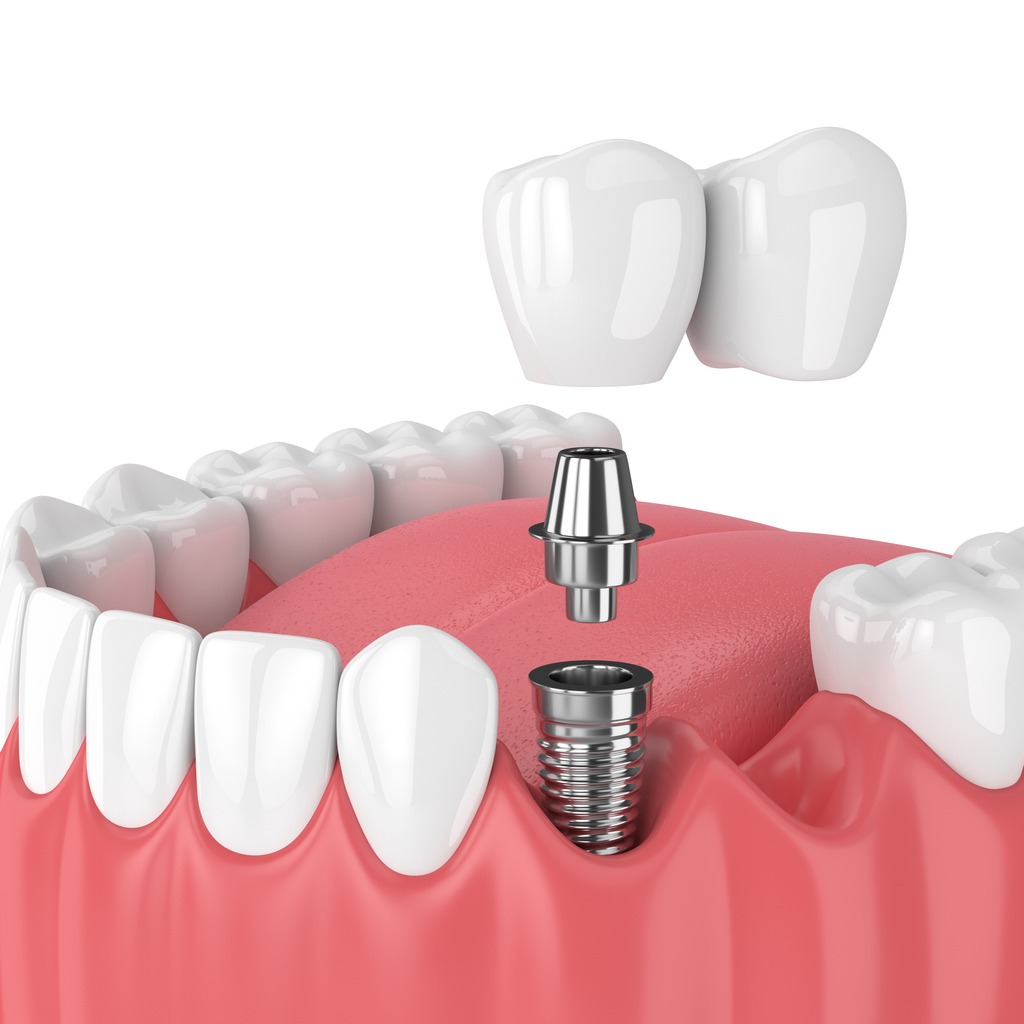In the dynamic landscape of restorative dentistry, cantilever bridges emerge as a pioneering solution for individuals navigating the challenges posed by missing teeth. This comprehensive blog post endeavors to unravel the intricacies of cantilever bridges, exploring their unique design, applications, benefits, and the transformative impact they wield in the domain of tooth replacement.
Decoding the Cantilever Bridge
A cantilever bridge is a specialized variant within the family of dental bridges, designed to address scenarios where only one adjacent tooth is available for support. Unlike traditional bridges that rely on two adjacent teeth for anchorage, the cantilever bridge leverages a single anchor point to support the pontic (artificial tooth) and bridge structure. This distinctive design allows for the effective restoration of a natural-looking and functional smile while minimizing the impact on surrounding teeth.
Key Characteristics of Cantilever Bridges:
- Single-Point Anchorage: The hallmark feature of cantilever bridges is their reliance on a solitary adjacent tooth for support. This makes them particularly well-suited for situations where only one neighboring tooth is available or viable for bridge attachment.
- Minimized Tooth Impact: Cantilever bridges are renowned for their conservative approach to neighboring tooth preparation. The single anchor point reduces the need for extensive tooth modification, preserving the integrity of the adjacent natural tooth while providing a stable foundation for the bridge.
- Strategic Placement: Cantilever bridges find strategic placement in areas of the mouth where a natural tooth is absent on one side of the gap. Commonly utilized in the anterior region, cantilever bridges offer a reliable and aesthetically pleasing solution for patients seeking to restore their frontal dental architecture.
- Customized Pontic and Crown: The pontic and crown components of cantilever bridges are meticulously crafted to mimic the appearance and functionality of natural teeth. The pontic seamlessly fills the gap, while the crown on the anchor tooth ensures a harmonious integration with the existing dentition.
Benefits of Cantilever Bridges
- Conservative Tooth Preparation: Cantilever bridges are celebrated for their minimal impact on adjacent teeth. With only one neighboring tooth requiring preparation, they offer a conservative alternative to traditional bridges, preserving natural tooth structure.
- Effective Solution for Limited Anchor Points: In situations where only one adjacent tooth is available for bridge support, cantilever bridges prove to be a versatile and effective solution. This is particularly beneficial when replacing missing teeth in areas where two adjacent teeth are not viable for anchorage.
- Aesthetic Harmony: Cantilever bridges excel in achieving aesthetic harmony. The customized design ensures that the artificial tooth seamlessly blends with the natural dentition, creating a visually cohesive and natural-looking smile.
- Functional Restoration: Beyond aesthetics, cantilever bridges contribute to the restoration of optimal functionality. They facilitate efficient chewing, articulation, and speech, mitigating the challenges associated with missing teeth.
Cantilever Bridge Placement Process
- Consultation and Assessment: The journey toward a restored smile begins with a thorough consultation. The dentist assesses the patient’s oral health, evaluates the viability of adjacent teeth for support, and discusses the specific needs and expectations of the individual.
- Neighboring Tooth Preparation: Cantilever bridges involve the preparation of the single adjacent tooth that will serve as the anchor point. This process typically entails the removal of a minimal amount of enamel to create a stable foundation for the crown.
- Impression Taking: A precise impression of the prepared tooth and surrounding area is captured. This impression serves as the blueprint for the fabrication of a custom cantilever bridge that aligns seamlessly with the patient’s unique dental architecture.
- Customization and Fabrication: The pontic and crown components are meticulously crafted to ensure a precise fit and natural aesthetics. The materials used in the fabrication process are selected to match the color, shape, and contour of the patient’s existing dentition.
- Bridge Placement and Bonding: Once the cantilever bridge is ready, it undergoes a fitting process to ensure optimal alignment and functionality. The bridge is then securely bonded to the prepared adjacent tooth, finalizing the restoration and completing the transformative journey to a revitalized smile.
Conclusion
Cantilever bridges stand at the forefront of modern dentistry, offering a dynamic and innovative solution for individuals facing the challenges of missing teeth. From their unique single-point anchorage to the conservative tooth preparation and aesthetic harmony they bring, cantilever bridges exemplify the evolution of tooth replacement techniques. If you find yourself navigating the realm of restorative dentistry and exploring options for tooth replacement, a conversation with your dentist about the merits of cantilever bridges could be the key to unlocking a path toward a confident, functional, and naturally radiant smile.


